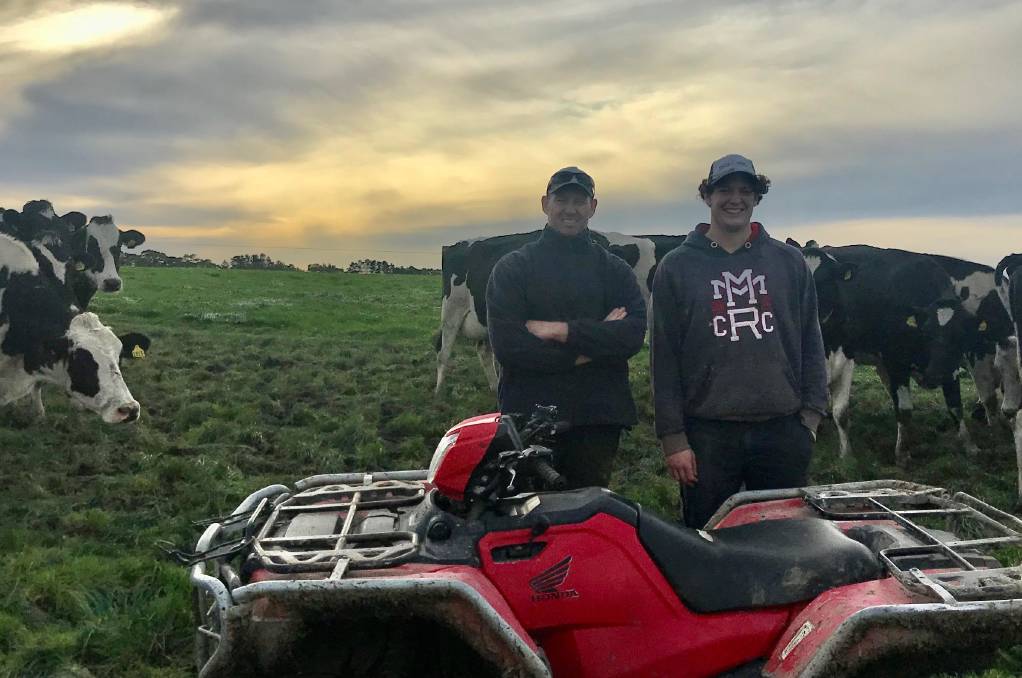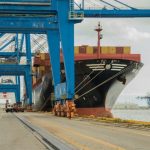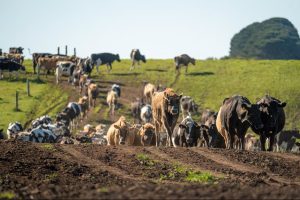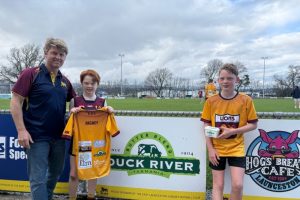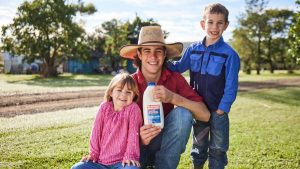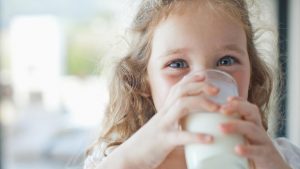
“How is it we are happy to pay more per litre for bottled water and Coca Cola than we are for milk,” the South Gippsland third generation dairy farmer says.
Ray and Rebecca Stefani, with sons Blake and Brock and Ray’s parents Tony and Sandra, milk 300 Holsteins off 110 hectares.
They send 2.4 million litres to Australian Consolidated Milk annually, most of which goes to the domestic market.
Mr Stefani believes the pandemic has opened a lot of eyes to how global trade occurs and whether it suits this country in regards to food.
“Do we want to be reliant on importing food when we do it better in Australia?” he said.
“Yes we might be able to buy it in from other countries cheaper at certain times, but if that’s to the detriment of our own industry, is that what Australians want?”
Mr Stefani said industry figures from 2018/19 show Australians consumed the equivalent of 9.2 billion litres of milk across all dairy products. In the same year, Australian dairy farmers produced 8.4b litres and production in Australia is tipped to drop to 8.2b litres this current season.
The shortfall, he explained, was made up of imports from a number of countries, most of whom have their dairy industry subsidised by governments.
He agrees with the introduction of a levy on not only fresh milk but all staple dairy products in Australian supermarkets, which he says could be collected by an independent entity responsible for redistribution back to the dairy farmer.
“As for the argument that a levy goes against free trade I say what is free trade anyway?” he said.
“Most of our competitors globally are subsidised in some form or another. Even our friends across the ditch in NZ have prospered from free trade agreements with China, made possible long before we had a free trade deal in place by a NZ government keen to help their country’s largest industry prosper.
“The discussion isn’t about market distortion or free trade anymore, it’s about food security, plain and simple.
“Unless something is done to help Aussie dairy farmers’ profitability we will continue to see an exodus from the industry and a continued production decline.
“If Australians want the highest quality dairy products in the world to continue to be present on our supermarket shelves then these changes need to happen soon.”
South Gippsland is arguably the best place to milk cows at the moment, with a good season under the belt and a milk price the highest on record.
Even under those circumstances, many dairy farmers in the region say they are only treading water.
The high farmgate price has been quelled by input costs going through the roof and profitability continues to decline.
An 80 hour week to extract the same profit as 20 years ago is now the norm.
“Even in this part of the country, a lot of dairy people are doing the numbers on running beef instead,” Mr Stefani said.
“Our preference is to stay in what we know and love, but we have to be profitable.
“Dairy is an asset-rich business. You can’t switch in and out. That’s why we are heading down a path of not enough farmers in Australia to supply our fresh milk needs.”
